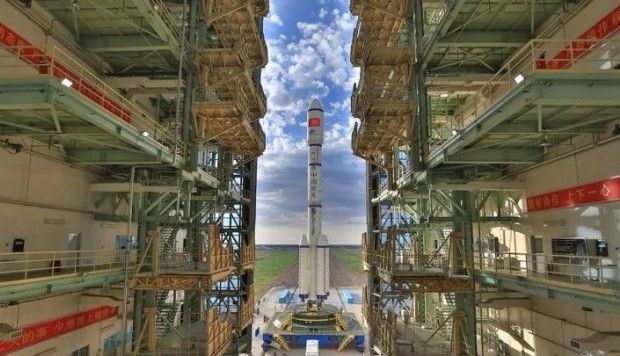Killer robots, an increasingly real fiction.
Get the latest international news and world events from around the world.

FDA seeks to speed development of ‘regenerated’ organs for medical use
It’s all a question of money. We should come up with enough money for funding this so that we can clone a perfect genetic match of every organ in the body by 2025. It will solve the organ shortage issue, and nip the illegal black market organ industry in the bud.
The FDA said it is looking into “regenerative medicine.”




3 Ways Science Might Help You to Live Longer
Today, we take a look at three key emerging technologies that might add extra healthy years to your life by addressing the aging processes directly to prevent or delay age-related diseases.
Senolytics – Removing aged dysfunctional cells to promote tissue regeneration
As we age, increasing amounts of our cells enter into a state known as senescence. Normally, these cells destroy themselves by a self-destruct process known as apoptosis and are disposed of by the immune system. Unfortunately, as we age, increasing numbers of these cells evade apoptosis and linger in the body.

World’s first human head transplant a success, controversial scientist claims
T he world’s first human head transplant has been carried out on a corpse in China in an 18-hour operation that showed it was possible to successfully reconnect the spine, nerves and blood vessels.
At a press conference in Vienna on Friday morning, Italian Professor Sergio Canavero, director of the Turin Advanced Neuromodulation Group, announced that a team at Harbin Medical University had “realised the first human head transplant” and said an operation on a live human will take place “imminently”.
The operation was carried out by a team led by Dr Xiaoping Ren, who last year successfully grafted a head onto the body of a monkey.

War between Iran & Saudi Arabia could send oil to $300 per barrel & impoverish the world
A war between Iran and Saudi Arabia would have a major impact on oil markets and the global economy. Crude will jump fivefold to $300 per barrel.
Traveling back in time could be possible, physicist says
As the common tropes of science fiction continue to break out into reality, from humanoid robots to self-driving cars, there’s one concept that has seemingly remained beyond our grasp: time travel.
But, jumping through time might not be impossible, after all, according to one astrophysicist.
By the rules of theoretical physics, certain conditions exist that would allow for the construction of elaborate wormholes, which could transport humans back to different eras.
While scientists have yet to discover the conditions needed to travel back in time, and construction a system large enough for humans certainly wouldn’t be easy, ‘there’s nothing forbidding it’ in the laws of theoretical physics, explains astrophysicist Ethan Siegel of Lewis & Clark College in the Forbes blog Starts With A Bang.
Backward time travel would rely on the elusive counterpart to the known positive energy / positive or zero mass particles found all throughout the universe – the negative mass/energy particles, which have long been theorized but never yet found.